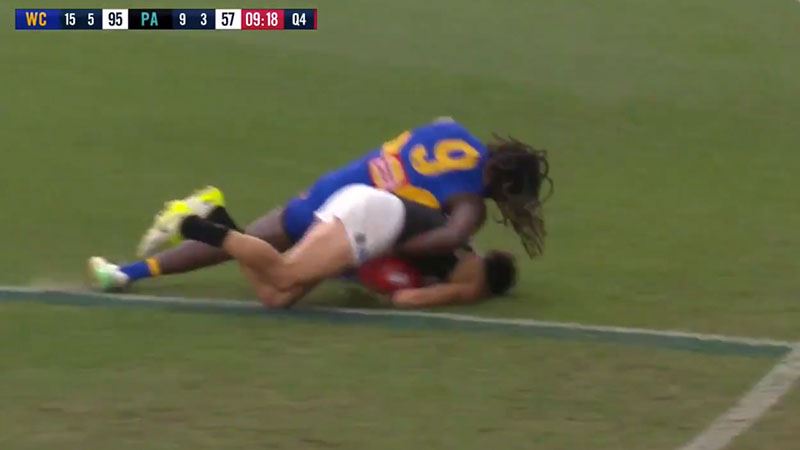- Banned
- #1,801
If he lands in the opponent's back, then a free kick will be paid, as it was in this case.Come on, it is not that hard to understand:
He needs to find a tackling technique that does not involve leaping forward (off his feet) and using his momentum and weight to drive the opponent to ground and then land of top of him. He needs to control that where he lands is not on top of his opponent. So no flying tackles that carry the opponent forward.
But the standard for suspending him is presumably higher than that.
It can't be a direct link from "landing in his opponent's back" to "getting rubbed out for a dangerous tackle". There is a difference between the two.




